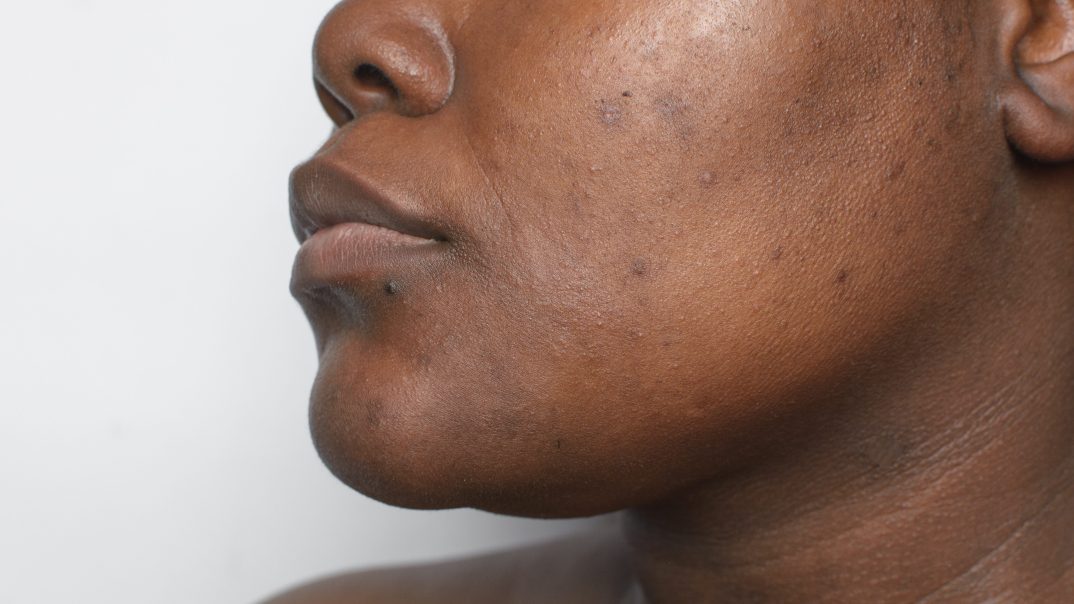Did L’Oréal just stumble upon the magic ingredient to combat hyperpigmentation?
The new ingredient arrives as more than 65 percent of Black Americans experience hyperpigmentation.

Roughly half of the world suffers from a form of skin pigmentation, and L’Oréal may have just landed on another solution.
The French legacy beauty brand just announced it’s launching Melasyl, a molecule designed to target localized pigmentation issues that lead to age spots, sun damage, and post-acne marks.
“With half of all people reporting skin pigmentation issues and a third of these experiencing lower quality of life as a result, the impact of visible spots or post-acne marks is clearly more than skin-deep,” Anne Colonna, global head of advanced research at L’Oréal Groupe said in a release. “Melasyl is a first-of-its-kind ingredient that helps to address localized skin pigmentation issues, with proven efficacy and wide accessibility that will enable more people to regain their self-confidence.”
The ingredient, which is formulated to work across all skin tones, works to improve the overall appearance of the skin and present an even look, according to the release. Finding Melasyl took L’Oréal nearly 20 years of research, including vetting 100,000 molecules and over 121 clinical studies involving 120,000 participants, Women’s Wear Daily reports.
While more brands by the parent company are expected to begin rolling out products with the ingredient later this year, Melasyl can currently be found in La Roche-Posay’s Mela B3 franchise, including MelaB3 serum and MelaB3 SPF 30.
Melasyl is arriving on the market during a time when, around 65 percent of Black Americans experience hyperpigmentation to some extent.
Hyperpigmentation can appear like one area of the skin is darker than the skin around it and occurs when there is an excess of melanin, which provides pigmentation to the skin. Many things, including acne, eczema, psoriasis, and the leading cause, the sun, can cause this excess of melanin.
Darker skin tones naturally produce higher amounts of melanin and, thus, are more likely to develop hyperpigmentation. The common and typically harmless skin condition can also last longer in darker skin tones. Usually, a dermatologist can diagnose the condition and recommend treatment, which can range in options.
When hyperpigmentation occurs on the face, many may opt for solutions down the makeup aisle because there are considerable barriers to care when it comes to dermatology for the most impacted. For starters, Black dermatologists, who may have a greater understanding of darker skin tones, make up roughly 3 percent of the field. Additionally, dermatology isn’t always covered by insurance, depending on the concern.
Recommended Stories
Dr. Adeline Kikam, founder of the ever-popular Brown Skin Derm Instagram, told Refinery29 that hyperpigmentation is one of the top concerns she treats in patients. She’s also opened up over the years about how it’s something she struggled with since adolescence and part of what inspired her to get into dermatology and create her platform.
“The hyperpigmentation that came with my acne was a double blow to my self-esteem. This led to years of insecurity in my own skin,” she said in an interview with Skincare.com (produced by L’Oréal). “I struggled back then with finding information on how to care for my skin as a Black woman, what products to use, what to avoid and why Black skin was so prone to hyperpigmentation.”
Never miss a beat: Get our daily stories straight to your inbox with theGrio’s newsletter.








